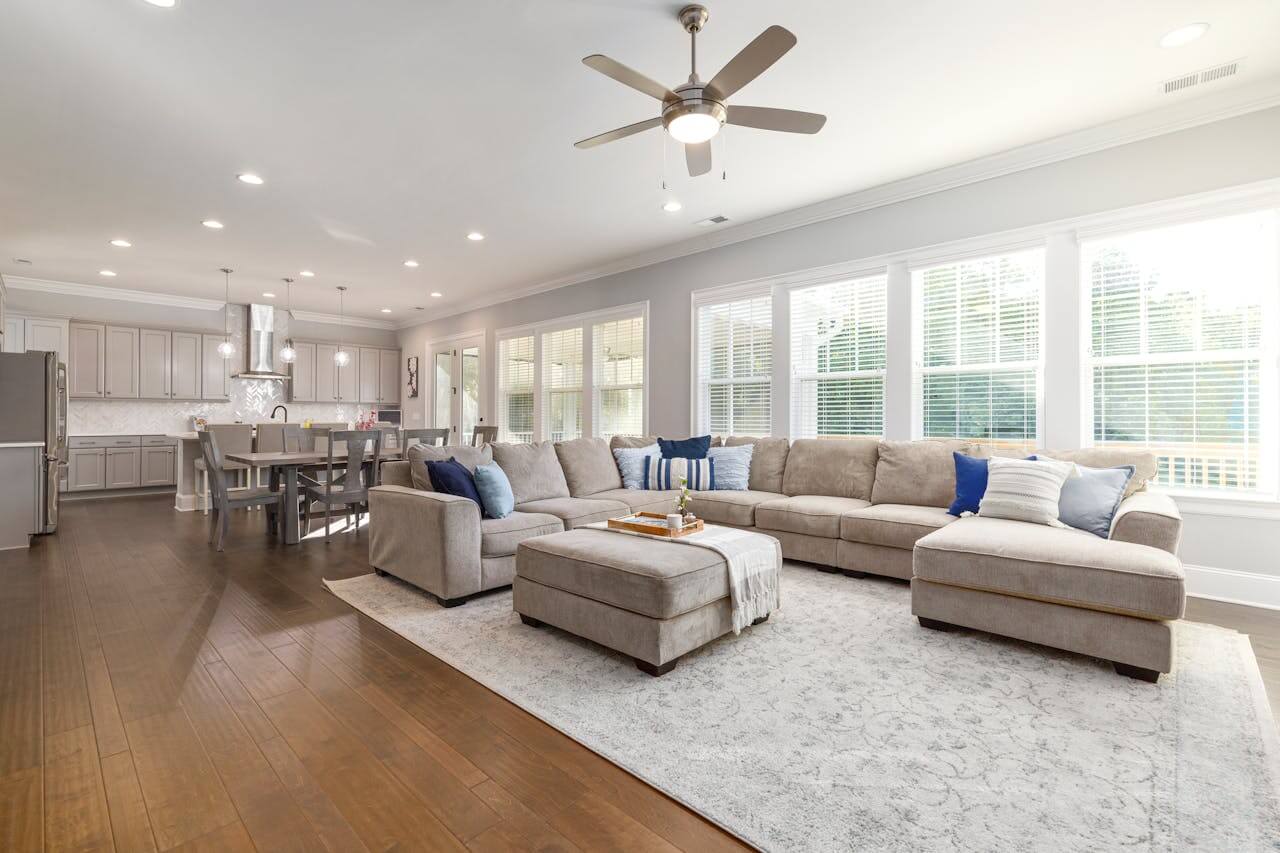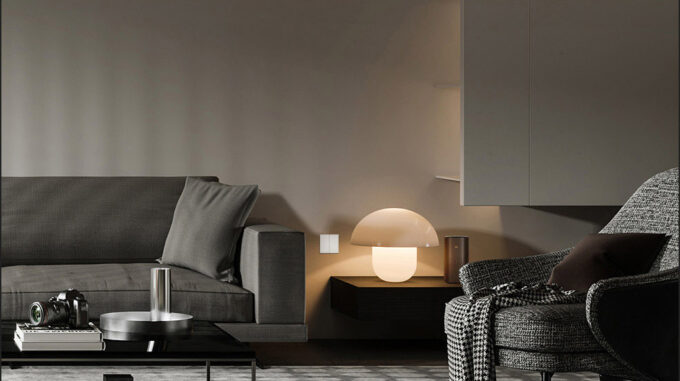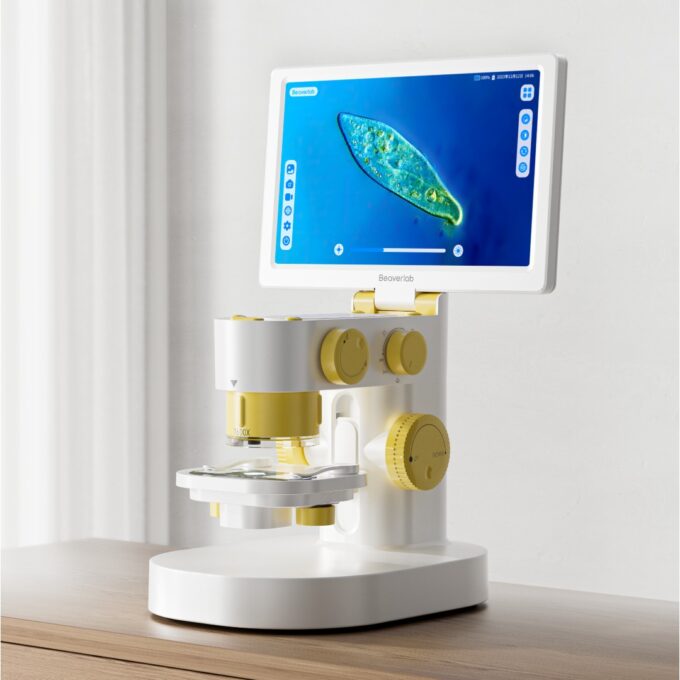Feng Shui Basics: How to Bring Positive Energy into Your Home

Walking into a well-balanced home feels like releasing a deep breath you didn’t know you were holding. While the ancient practice of Feng Shui might sound mystical, it’s essentially a practical approach to crafting spaces that support your well-being. This guide breaks down how to transform your home into an environment that energizes and nurtures you, drawing from time-tested principles that enhance the flow of vital energy, or “chi.”
The Hidden Impact of Your Home Environment
Your living space shapes your daily experience in profound ways. A thoughtfully arranged home can:
Support your mental clarity by reducing visual noise and creating intuitive pathways through your space Enhance your natural rhythms by maximizing exposure to daylight and fresh air Foster creativity and productivity through strategic workspace design Create natural transitions between activity zones, helping you shift gears more easily

Your Seasonal Space Refresh Guide
Think of your home as a living system that needs regular attention. Rather than treating Feng Shui as a one-time makeover, consider this approach:
Monthly quick-scans help you spot areas where objects have accumulated or energy feels stuck. Pay special attention to entryways, corners, and high-traffic zones.
Deeper seasonal adjustments align your space with natural cycles. As winter approaches, you might add soft textiles and warm lighting. Spring could bring lighter window treatments and fresh plant life.
Watch for signs that your space needs rebalancing: feeling stuck, decreased productivity, or rooms you’ve started avoiding are all clues that it’s time for a refresh.
Essential Tools for Space Enhancement
Before diving into changes, gather these key elements:
Storage solutions that match your lifestyle – think beautiful baskets for quick cleanup and dedicated spots for daily items Natural materials that ground your space – wooden pieces, stone accents, and metallic touches Light-enhancing elements like strategically placed mirrors and layered lighting options Living greenery to purify air and add vibrant energy Meaningful objects that resonate with your personal goals and values
Four-Phase Space Transformation Process
Phase 1: Strategic Decluttering
Transform cluttered spaces into energy highways by:
Taking a room-by-room inventory of what truly serves you Creating clear systems for items you regularly use Establishing dedicated zones for different activities Quick tip: Set a 20-minute timer for focused decluttering sessions – you’ll be amazed at what you can accomplish in these energy sprints.
Phase 2: Element Integration
Weave the five key elements throughout your space:
Water features or blue tones bring fluidity and calm Natural wood adds warmth and stability Stone or crystal pieces ground energy Metallic accents enhance clarity Warm colors or candles spark inspiration Quick tip: Create element clusters – try placing a wooden bowl containing crystals near a warm-toned artwork to combine multiple elements elegantly.
Phase 3: Flow-Focused Furniture Placement
Optimize your layout by:
Positioning key pieces to face entryways while maintaining comfortable traffic flow Creating conversation-friendly seating arrangements Using mirrors to expand sightlines thoughtfully Quick tip: Walk through your typical daily routines – if you find yourself zigzagging or squeezing past furniture, it’s time to rearrange.
Phase 4: Light and Air Enhancement
Maximize your space’s natural energy by:
Drawing back window coverings during peak daylight hours Creating cross-ventilation paths for fresh air flow Layering different light sources for evening ambiance Quick tip: Place reflective surfaces near windows to bounce natural light deeper into your rooms.

Advanced Space Enhancement Strategies
Fine-tune your environment with these sophisticated touches:
Color Psychology in Practice: Layer neutrals with accent colors that support your room’s purpose – energizing hues for active spaces, soothing tones for rest areas
Strategic Symbol Placement: Position meaningful objects where they’ll catch your eye during relevant activities – perhaps a small crystal in your workspace or a peaceful image in your reading nook
Entryway Enhancement: Create a welcoming transition space with good lighting, a place to shed outdoor items, and something beautiful to greet you
Sensory Layering: Include natural scents and gentle sound elements to create a full sensory experience of harmony
Moving Forward
Creating a balanced home environment is an ongoing practice rather than a destination. Start with small changes in the areas where you spend the most time, and let your space evolve as you observe its impact on your daily life. Each thoughtful adjustment builds upon the last, gradually transforming your home into a sanctuary that supports your well-being and aspirations.
Latest Posts
How to Choose Curtains That Make Your Room Look Bigger
Experiencing confinement in your compact living quarters? Structural modifications aren’t necessary to...
3 Mins readLinptech Smart Switch T1 Zero: A Smarter, Sleeker Way to Control Your Home
Linptech Smart Switch T1 Zero: A Smarter, Sleeker Way to Control Your...
1 Mins readBeaverlab MX Pro Smart Microscope: A High-Tech Home Science Lab
Beaverlab MX Pro Smart Microscope: A High-Tech Home Science Lab Beaverlab has...
1 Mins readDIY Reed Diffuser: How to Make a Natural Home Fragrance
Transform your living space with subtle, lasting aromas using a handmade reed...
2 Mins read











